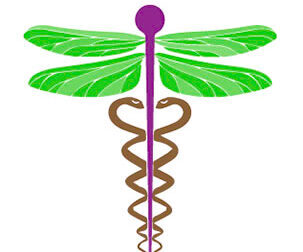
Live Blood Analysis
Live blood analysis is a quick and efficient way of assessing the health of a patient. A drop of blood is examined under a special microscope which has both dark-field and bright-field options. Very quickly one can see nutritional deficiencies, in which organs are stressed, heavy-metal toxicities, and imbalances in acidity or pH. The toxic effects of a typical Western lifestyle are easily demonstrated. This is not a diagnostic tool but confirms what is already suspected, and also serves to monitor and demonstrate progress and response to treatment.
The advantage of examining blood in its fresh state is that one can gain much more information than when blood is sent for conventional pathological testing. When a hematologist (or nowadays more often a computer) examines a blood slide, they are looking at dead blood cells that have been fixed and stained. They count the relative numbers and look at the structure, but they cannot assess how the cells are functioning. The chemical pathologist measures levels of cholesterol and other substances in the blood, and issues the result in relation to a standard reference range. The patient’s doctor then interprets these results and prescribes pharmaceutical medications to correct the abnormalities. Some of these medications may need to be taken for life. With live blood analysis, the patient gets to see the abnormalities directly, and participates in discussing them. It is usually possible to correct them with the adoption of healthier eating habits, lifestyle modifications and natural supplements. Many people who are told to modify their lifestyle don’t persist with the necessary changes for any significant length of time. When live blood analysis has enabled you to see the abnormalities that need correction, and you have been involved in the discussion of why it’s necessary to do something about them, you are motivated to make the recommended improvements. Another motivation is that patients often start to feel better quickly, and they can visually appreciate their progress at the next visit. The development of most chronic and degenerative illnesses can be prevented with early nutritional intervention. Live blood analysis can detect many nutritional imbalances and deficiencies, which are major contributing factors in the development of these conditions, long before conventional blood testing can demonstrate any abnormalities.
Live blood analysis is a simple and very graphic way to gain a fuller understanding of one’s health issues. It is a non-invasive test, which can reveal much about one’s current state of health. There are many health practitioners in Europe and South Africa who use live blood analysis to reliably demonstrate what patients ought to know, giving them the means to correct imbalances in their quest for optimal health.

